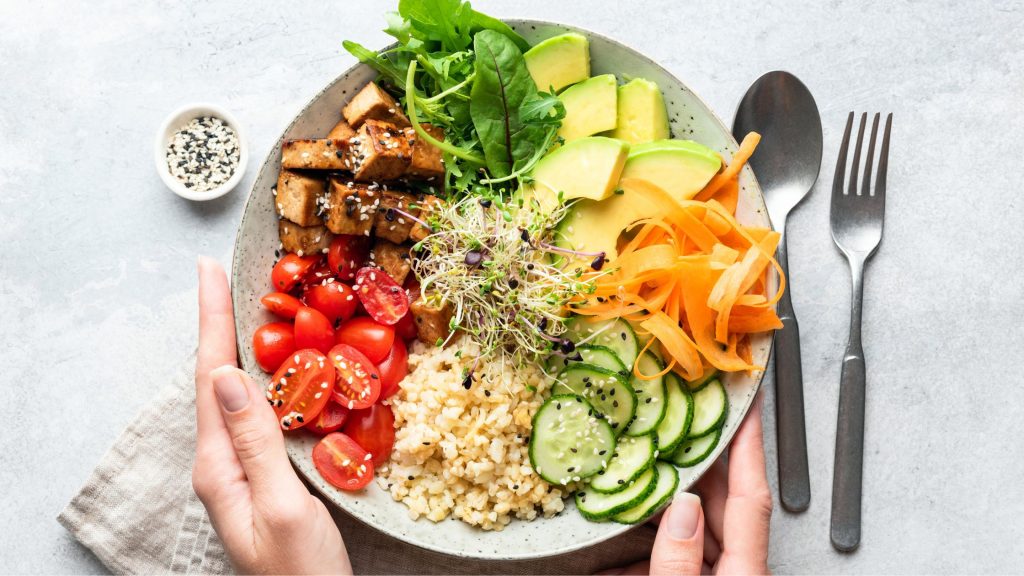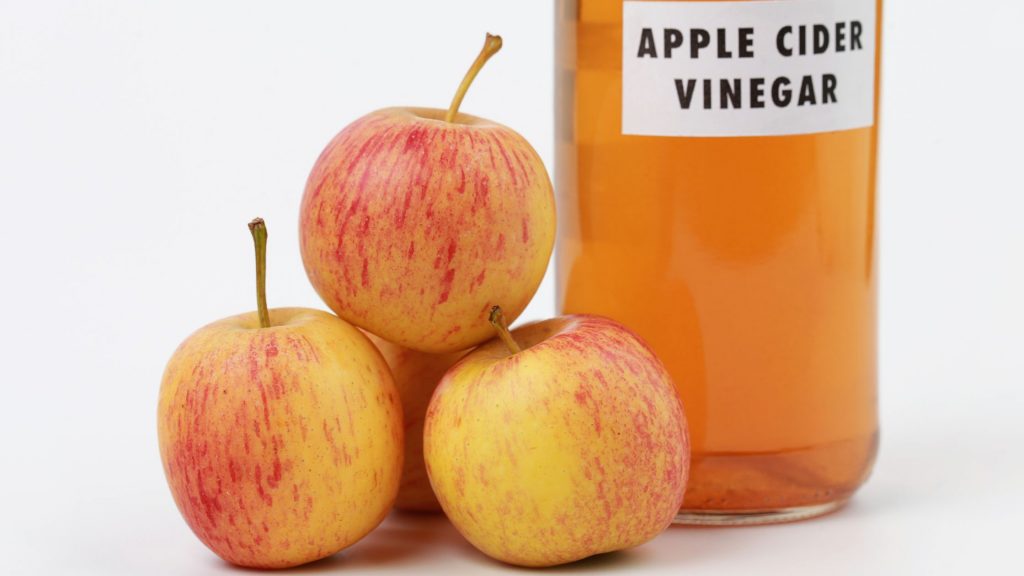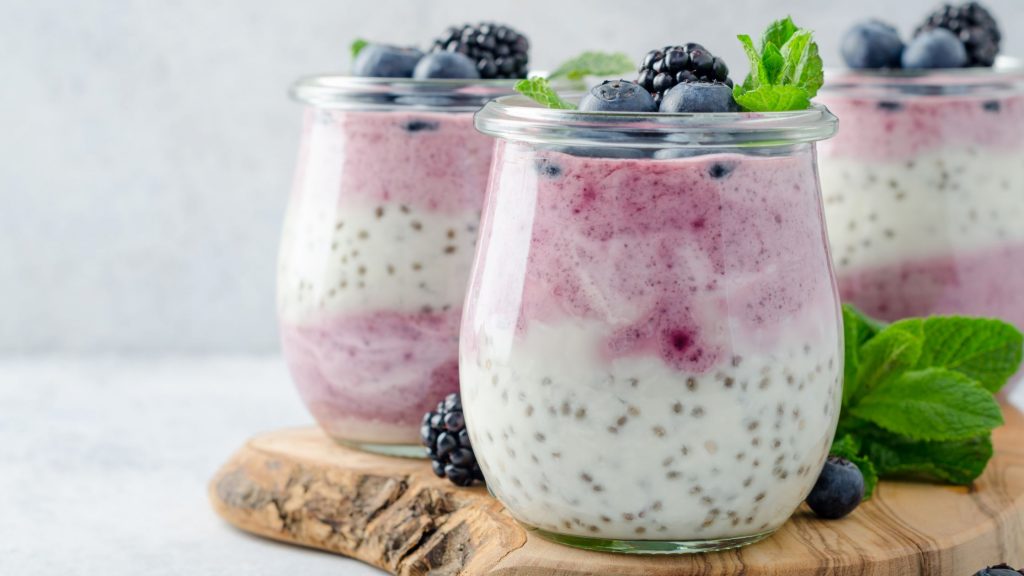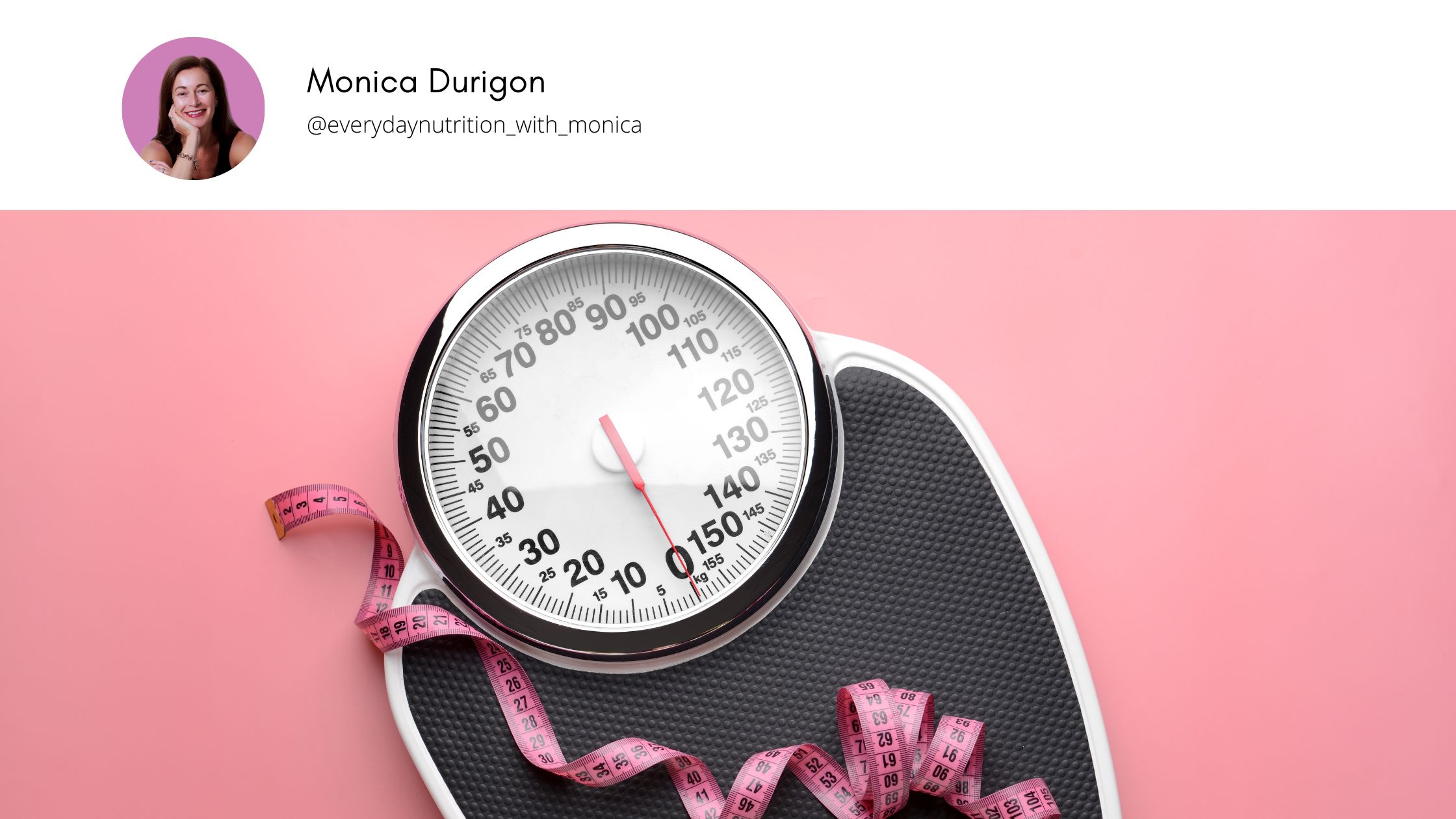When the amount of glucose (sugar) in circulation is not in balance and within the optimal range, your body will store the excess glucose for energy in the form of fat. The bad news is that when you frequently have too much glucose in circulation, you can also develop insulin resistance, which will make it very difficult for your body to access that fat and burn it for energy.

Let’s geek out into the mechanisms of blood sugar regulation
The normal level of blood glucose in healthy individuals is
Between 4.0 to 6.0 mmol/L (72 to 108 mg/dL) when fasting
Up to 7.8 mmol/L (140 mg/dL) 2 hours after eating
Blood glucose levels are controlled mainly by the opposing actions of the two hormones, insulin and glucagon.
When blood glucose is above the normal range, it stimulates the pancreas to release insulin, which allows glucose to be transported into the cells of the heart, skeletal muscle and adipose tissues (the transport of glucose into the cells of the brain and nervous system is not insulin-dependent but still plays an important role in the brain. glucose homeostasis).
The distribution of glucose into the cells of the body is indispensable for life because glucose is the main source of energy for the cells.
When the glucose amount is more than the energy requirements and maintenance of blood glucose balance, it will be converted into glycogen. Glycogen is a form of glucose storage (in the liver and skeletal muscle) which is used, when necessary, to maintain blood glucose balance in case of glucose scarcity.
Once the glycogen storage is replenished, any excess glucose in the blood is converted to fat and stored in fat cells under the skin (subcutaneous fat) and around our organs (visceral fat).
When, on the other hand, the level of glucose is falling, glucagon, released by the pancreas, stimulates the conversion of glycogen (the storage form of glucose) into glucose to re-establish blood glucose balance.
Refined carbs, white flour, ultra-processed foods, foods rich in sugar, and starchy carbohydrates (some vegetables and grains) contain very high amounts of fast-releasing sugars. When these foods are consumed and digested, their sugar content gets absorbed quickly into the bloodstream, causing a spike in blood sugar and are a real challenge to blood sugar regulation.
If you regularly consume these types of foods, you will have frequent high secretions of insulin, which lead to energy imbalances; you will have short bursts of energy followed by energy, moods and focus crushes.
In the long term, these chronically elevated levels of insulin lead to more serious health concerns such as insulin resistance, diabetes type 2, cardiovascular disease and other chronic degenerative conditions.
When your body is insulin resistant, it is less able to access stored fat for energy, and instead, it will actively encourage the deposition of more fat, making weight loss impossible.
When insulin stays high in your blood because your cells no longer respond to its instructions, it basically locks the doors to your fat cells so they cannot release fat for energy production.
High blood sugar levels and insulin resistance can also lead to inflammation. Chronic inflammation can also block fat loss.

The goal for successful weight loss, especially after 40, is becoming a master of your blood sugar regulation.
Why do I say, especially after 40? Unfortunately, as we enter the 4th decade of our life, with the hormonal shifts of our sex hormones, this can also impact how our body responds to insulin.
Research shows that estrogen (17β-estradiol AKA as E2) improves insulin sensitivity; it makes your cell more responsive to the work of insulin, and when estrogen is imbalanced as it happens during perimenopause or when it is almost null, as it happens in menopause, women become naturally more insulin resistant.
A genetic component also can play a part in how sensitive or not we are to the work of insulin, but genes are not our health destiny and our everyday decisions when it comes to food and lifestyle can make the difference in expressing or not expressing those genes.
What can you do to support balanced blood sugar and avoid insulin resistance?

#1 Eat your macros in the right order!
Your macros, proteins, healthy fats and non-starchy carbohydrates (you can consider these all the vegs high in fibre and lower in simple sugars). Look at your plate and start your meal by eating your protein first. Why? Because proteins are complex molecules, your body will take longer to digest them, and this slow process is going to help stabilise your blood sugar levels.
Also, proteins are more thermic, meaning your body requires more calories to digest them, and they are more satiating. But in the context of this training, what we are really looking at is how to make sure that you are keeping your blood sugar levels stable and protein plus the fibre slow down stomach emptying, keeping your blood sugar level stable.

#2 Apple cider aperitif, anyone?
The acetic acid in apple cider vinegar slows down the conversion of complex carbohydrates into sugar, buying you a bit more time before that sugar hits your bloodstream. Think of it like a traffic cop for sugar, making sure everything moves smoothly and doesn’t crowd all at once into your blood!
Some studies have even shown that consuming a little apple cider vinegar before a meal rich in carbohydrates can improve insulin sensitivity. Just a spoonful could make the process of sugar absorption steadier.
Taking 1 -2 tbsp of apple cider vinegar diluted in some warm water 10-15 minutes before your meals can be a handy tool to have in your nutritional toolkit. You can also use it in your salad dressing. Or you can add it to a cup of green tea which is also a great addition to your diet when it comes to helping with blood sugar regulation.
Attention, though, in some people, apple cider vinegar might not be well tolerated, causing stomach reflux, so test it and see how it goes; if it is not for you, do not insist; there are other tools you can use.
One of the key components that make apple cider vinegar beneficial is what is often referred to as “The mother”. A colony of beneficial bacteria involved in the creation and fermentation of the vinegar.
This murky, cobweb-like substance that you’ll often find floating in the bottle is rich in proteins, enzymes, and beneficial bacteria. It’s essentially what turns apple juice into the powerful liquid we know as apple cider vinegar. The presence of “the mother” is a sign that your vinegar is of the highest quality, much like finding a “Made in Italy” label on a leather handbag!
Most commercial types of apple cider vinegar are pasteurised and filtered, which removes the mother and any sediment, leaving behind a clear, amber vinegar. While it still has some benefits, it lacks the full range of health properties that come with “the mother.”
So, when shopping, look for organic apple cider vinegar with mother on board!

# 3 Get the timing right!
What you eat, how you eat and when you eat are all super important for blood sugar regulation.
Must number one
Allow at least 12 hours between the end of your dinner and the first meal of your day! This is not fasting; it is normal eating!
Your digestive system needs a break, at least overnight! When you are ready, I recommend that you take a 14-hour break, including the night, which means you give your body a chance to wake up properly before you have your first meal of the day. For example, if you finish eating at 7 pm, your first meal of the day would be at 9.00 am. This would also allow you to have time to exercise fasted, which is an effective way to tap into your fat reserve for energy.
Must number two
Do not graze or constantly snack during the day! This habit will never allow for your blood sugar level and insulin release to get back to base, and they will be constantly high.
Must number three
Have regular meals during your day at 5/6-hour intervals; it might be difficult to start with, especially if your blood sugar is very imbalanced; in that case, start with a 3-4 hour gap and then work your way to 5-6 hour. Remember that the more balanced your plate is [with the right amount of protein for your body’s needs, plenty of fibre and only little starchy carbs], the easier it will be to regulate food timing intake.
Must number four
Finish your evening meal at least 3 hours before your bedtime

#4 If you must snack …snack on proteins and fat, NOT carbs
If your blood sugar is very imbalanced, you will be looking to snack often. If you cannot avoid the snacks at the beginning swap your regular carbs snacks with proteins and/or fat-rich snacks because these will not add to the already chaotic blood sugar management. You could try the following ideas:
- Avocado & Tuna Salad: Mash half an avocado and mix it with canned tuna. Season with a little salt, pepper, and perhaps a drizzle of olive oil. Only have tuna occasionally as it is a large fish which accumulates a lot of mercury.
- Greek Yogurt with Chia Seeds: ½ cup of full-fat natural Greek yoghurt with a sprinkle of chia seeds is not only delicious but also a protein powerhouse. Add some berries to make it yummy!
- Hummus & Veggie Sticks: Cut up some sticks of cucumber, bell pepper, or celery and dip them in hummus!
- The Humble Boiled Egg/s
- Almond Butter & Coconut Bites: Mix almond butter with shredded coconut and roll them into little balls. Pop them in the fridge to set. They’re like mini energy bombs that keep your blood sugar steady and your taste buds entertained.

# 5 Move your body after your main meal
A walk helps kickstart the blood sugar clean-up process!
As I explained earlier, insulin acts like a key, unlocking cells so they can absorb the sugars for energy or storage. Walking by activating the large muscle groups helps muscle cells absorb the circulating sugar, reducing the load on your pancreas to produce insulin. It’s a bit like having extra helpers in the kitchen to put away all those pots and pans after a meal —less stress on the chief organiser (your pancreas).
Additionally, walking can improve insulin sensitivity, which means your cells become better at responding to insulin over time.
A quick 15-minute walk can play an important part in regulating your blood sugar balance.
Get in touch 😉
I would like to know which of the above strategies you are going to implement straight away and which ones are perhaps already part of your routine. And if you want to know more about my women over 40 specific programmes to support great energy and weight loss, get in touch and book your free discovery call HERE.
With love, energy and care

References:
- Frank, A., et al. (2019). Blood Sugar Regulation and Its Impact on Weight Loss. Journal of Nutritional Science, 23(3), 45-52.
- Martinez, L. (2020). The Role of Insulin and Glucagon in Glucose Homeostasis. Diabetes Research, 15(2), 189-195.
- Turner, B. (2018). The Effects of Estrogen on Insulin Sensitivity. Women’s Health Journal, 34(4), 28-35.
- Patel, R. (2019). Dietary Impact on Blood Sugar: A Comprehensive Review. Nutrition Reviews, 77(5), 300-310.
- Johnson, M., & Roberts, T. (2020). The Thermic Effects of Proteins. Nutrition Today, 21(1), 12-19.
- Collins, S. (2021). The Benefits of Apple Cider Vinegar in Blood Sugar Regulation. Nutritional Advances, 32(3), 145-152.
- Lewis, H. (2018). The Importance of Meal Timing in Blood Sugar Management. Journal of Dietetics, 19(4), 67-74.
- Adams, P. (2019). Fasting and its Impact on Insulin Sensitivity. Diabetes & Metabolism, 45(2), 114-120.
- Nelson, R. (2021). The Role of Glycogen in Maintaining Blood Glucose Levels. Glycobiology, 31(6), 578-585.
- White, J. (2018). The Influence of Refined Carbs on Blood Sugar Peaks. Journal of Clinical Nutrition, 29(7), 830-838.





0 Comments